Length 50 km (31 mi) Highest elevation 3 m (10 ft) Elevation 3 m | Width 14 km (8.7 mi) Area 123 km² | |
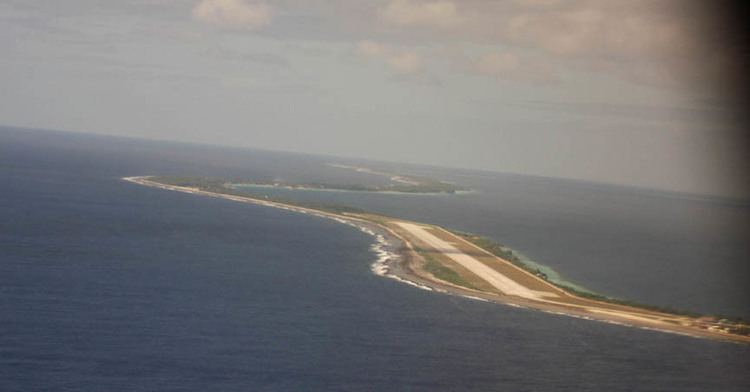 | ||
Island groups Tuamotu-Gambier Islands, Tuamotus | ||
Hao, or Haorangi, is a large coral atoll in the central part of the Tuamotu Archipelago. It has ca. 1000 people living on almost 50 km2 and used to house the military support base for the nuclear tests on Mururoa. Because of its shape, French explorer Louis Antoine de Bougainville named it Harp Island.
Contents
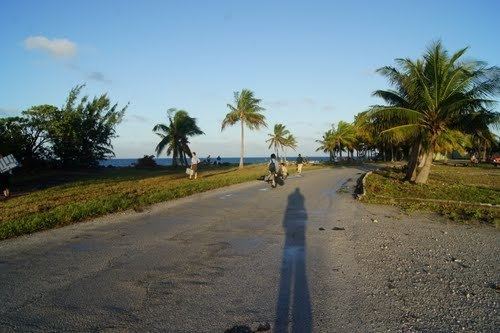
Geography

Hao is located 920 km to the east of Tahiti. It is 50 km long and 14 km wide. The lagoon is the 4th largest atoll in French Polynesia (after Rangiroa, Fakarava and Makemo) and has only one navigable passage, at Kaki, on the north end of the atoll where strong currents prevail up to 20 knots with bores. The lagoon covers an area of 720 km².
The climate is maritime, with temperatures oscillating between 23 and 32 °C throughout the year.
The chief town is the village of Otepa, where the main economic activity is the cultivation of pearls.
History
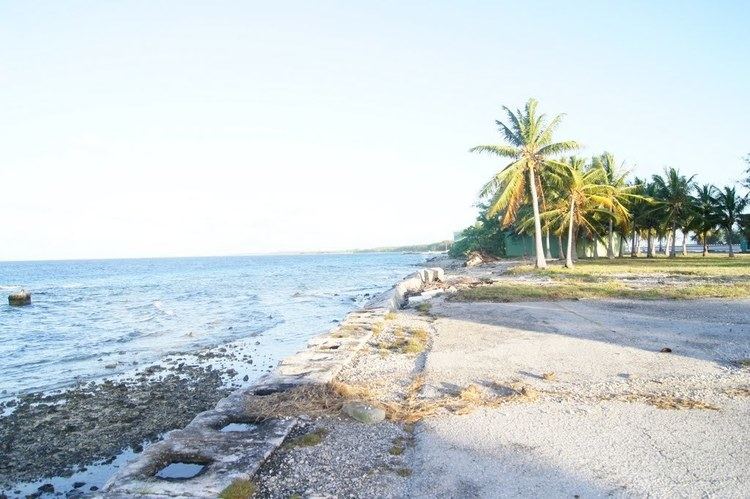
The first recorded European arriving on Hao was Pedro Fernández de Quirós on 10 February 1606. He named it Conversion de San Pablo. He was followed by José Andía y Varela in 1774.
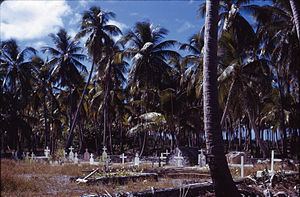
Because of its shape, French explorer Louis Antoine de Bougainville named it Harp Island. In some maps it also appears as Bow Island.

Hao was the first atoll of the Tuamotus that Russian explorer Fabian Gottlieb von Bellingshausen visited in 1820 on the ships Vostok and Mirni.
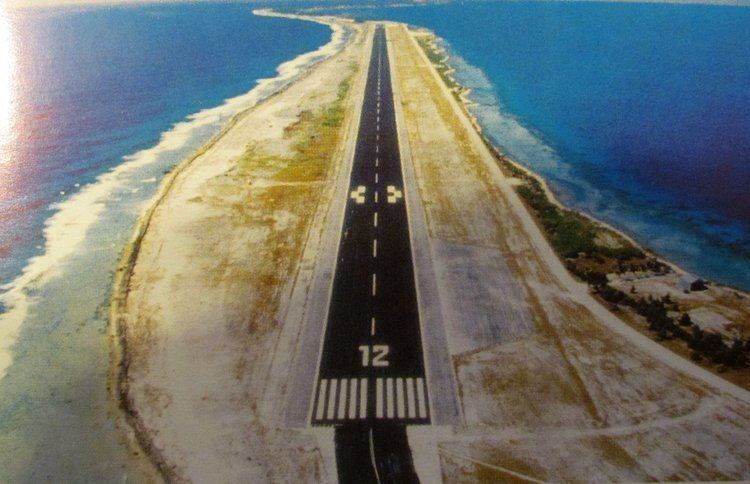
In the late 1980s, two French intelligence (DGSE) operatives were briefly confined to the military base on the island after France obtained their release from a New Zealand prison for sinking the Greenpeace ship Rainbow Warrior. Their earlier-than-agreed-upon repatriation from the island by the French government became a diplomatic incident between New Zealand and France.
Hao's military airfield, now known as Hao Airport, was transferred to the civilian authorities in the year 2000. This airport (IATA: HOI, ICAO: NTTO) serves many of the smaller eastern Tuamotus, whose landing strips are too short to land aircraft large enough to make the flight to Tahiti.
The economic future of the atoll remains in question: the military base, which was the support base for the nuclear testing on the nearby Mururoa atoll, was permanently shut down in 2002, along with its many support facilities, including the electrical and desalinization plants and the hospital. The livelihood of many of the atoll's inhabitants was directly tied to the military base activity.
Administration
Hao forms the commune of Hao (Main village: Otepa), which also includes Ahunui (uninhabited), Nengonengo, Manuhangi (uninhabited) and Paraoa (uninhabited). As of the 2012 census, the atoll's total population was 1066.
The commune of Hao is associated with the commune of Amanu and the commune of Hereheretue.
Transport
Hao Airport (IATA: HOI, ICAO: NTTO) is situated to the north of the island and is used as a base by Air Tahiti Nui, the domestic airline of French Polynesia.
